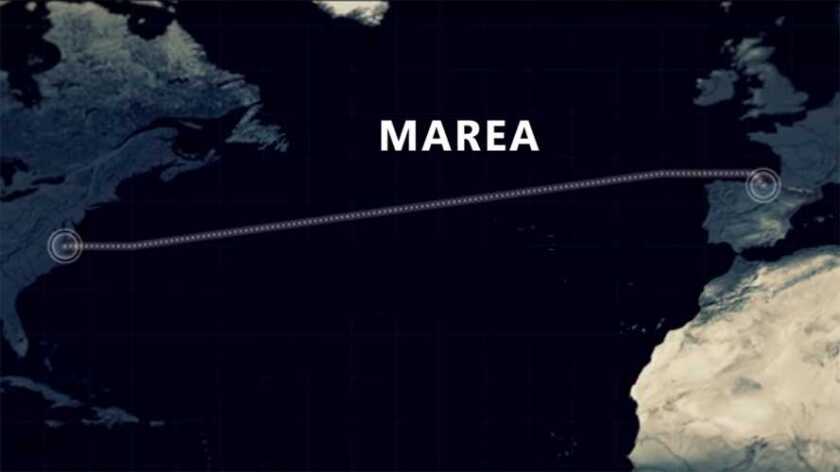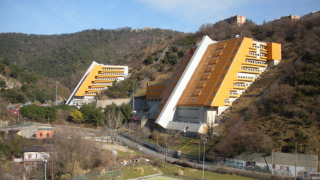The 6,600km transatlantic cable, operated by Telxius, successfully carried data at this rate – believed to be a record – in a trial by Microsoft and Facebook with equipment maker Acacia Communications.
“Transmission of 400G over 6,600km is a significant milestone and demonstrates what can be achieved with higher performance transmission optics combined with a well-designed line system,” said Mark Filer, Microsoft’s principal optical engineer at its Azure Networking unit.
“This field demonstration of an advanced solution that is just becoming commercially available highlights the value of Marea’s open architecture to evolve with the latest technology.”
The field demonstration achieved 400Gbps transmission using approximately 4 bits/symbol, with a baud rate of nearly 70Gbaud, using fractional QAM modulation.
Acacia noted that modulation formats greater than 4 bits/symbol were used to achieve a spectral efficiency of 6.41b/s/Hz (bits/second/hertz).
This is better than the 4b/s/Hz achieved by Google and NEC on the Faster cable earlier in 2018. NEC said at the time it believed 6b/s/Hz was a “realistic target”. Now, if the Acacia, Microsoft and Facebook trial can be replicated, it looks as though even faster speeds can be achieved for subsea cables. It is also better than the 6.21b/s/Hz that Infinera achieved on the Marea cable earlier this year.
Christian Rasmussen, founder and vice president of digital signal processing and optics at Acacia, said the trial used the company’s AC1200 module, which is in qualification with several network equipment manufacturers.






